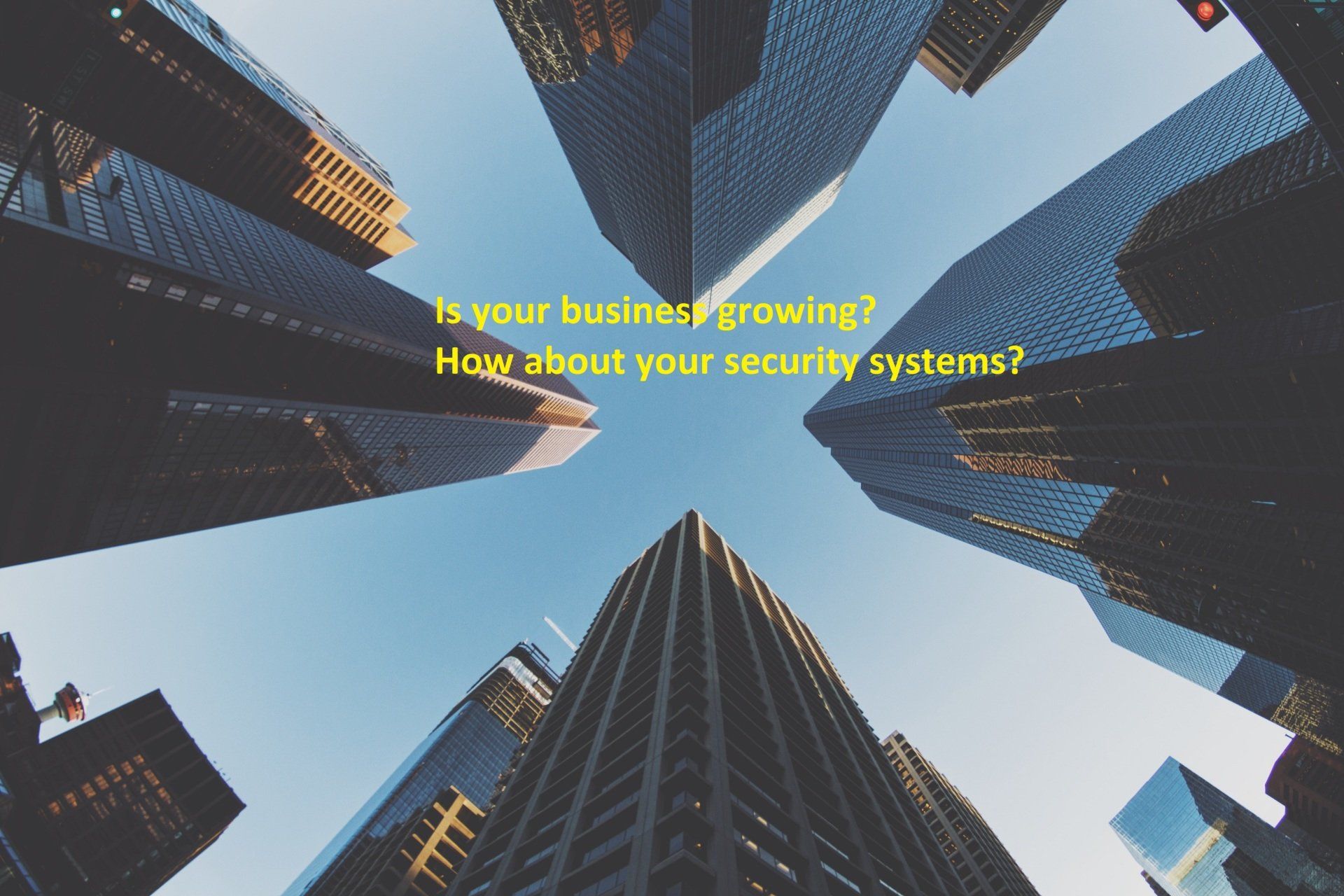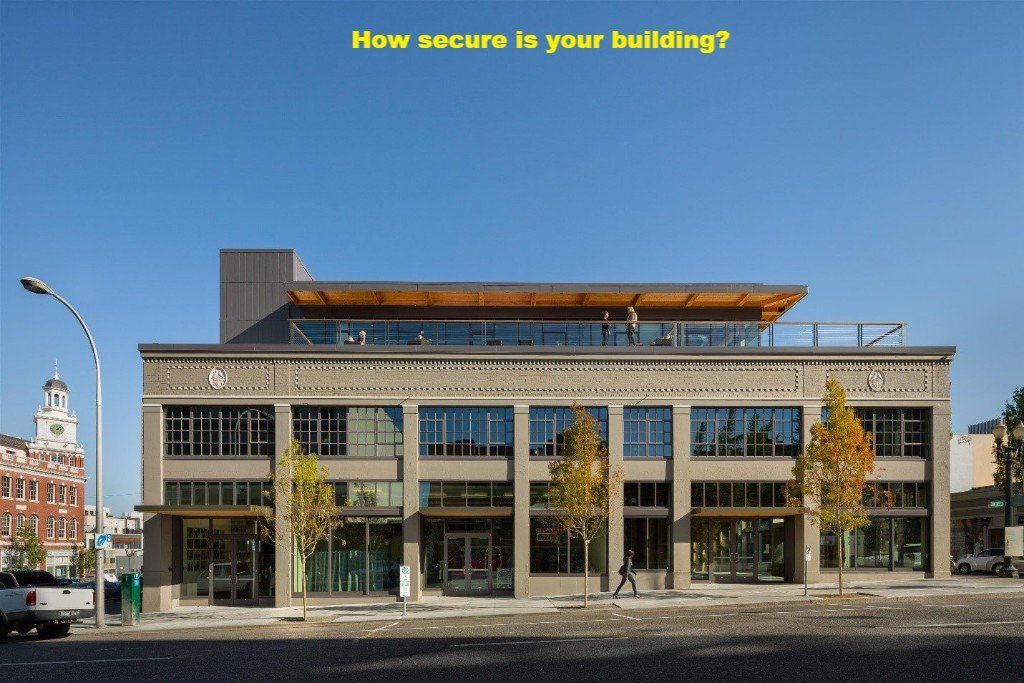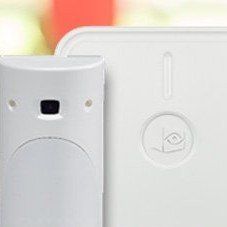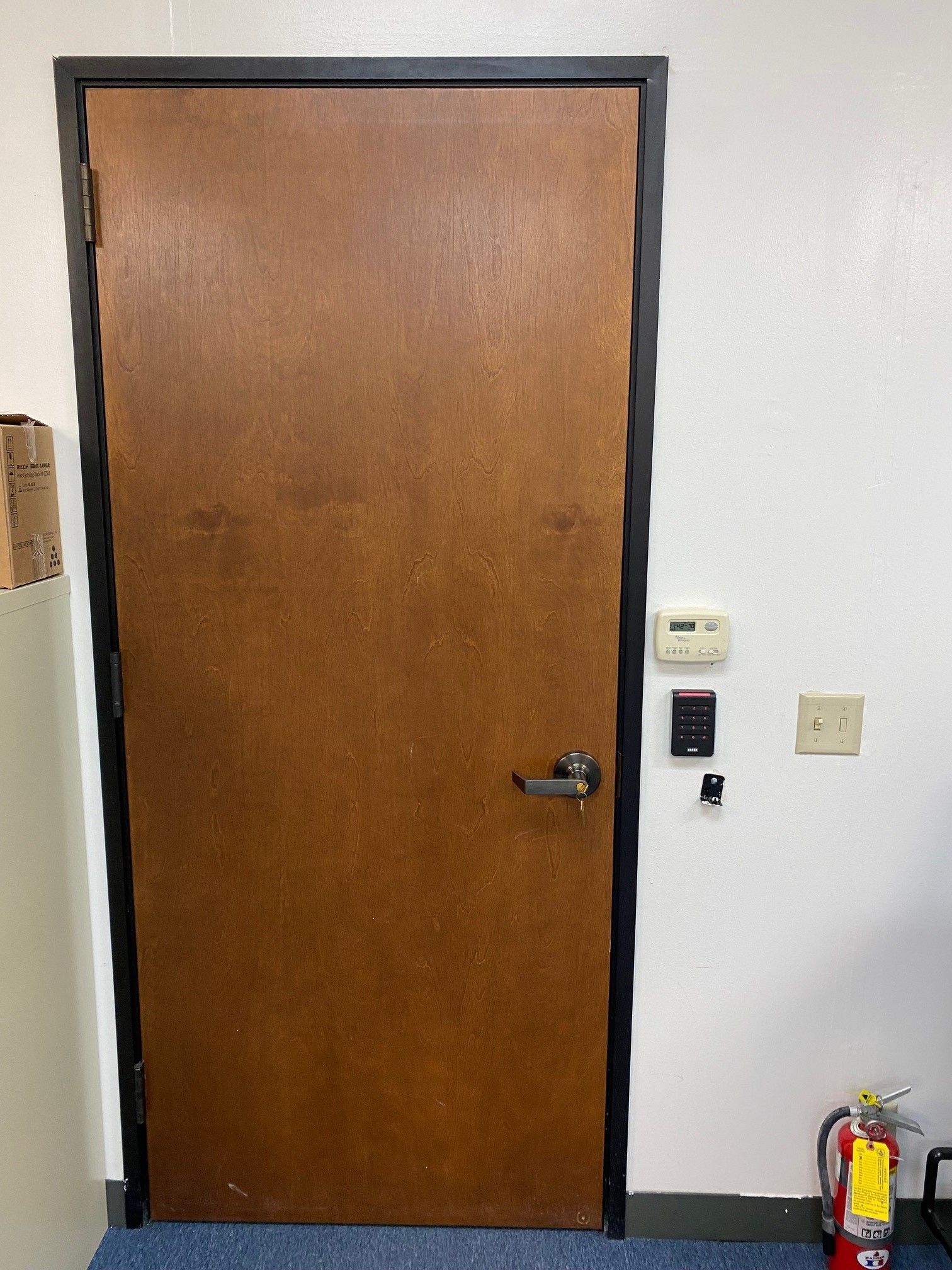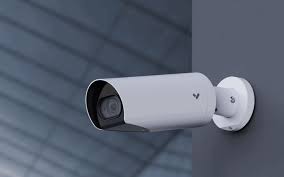Buyer’s Guide for Commercial Intrusion (Burglar) Alarm Systems: Part 1
This is the first of a series of blogs in an effort to provide a comprehensive guide to designing and selecting the intrusion alarm system that is right for your organization. I have tired to keep this as brand generic as possible. This blog will cover the conceptual part of designing your security system.Intrusion alarm systems are the first line of defense for protecting your business and its assets, followed by an access control system and video surveillance system. The intrusion alarm system is typically the least expensive of these three systems. The intrusion alarm system is designed to detect an intruder and alert the authorities. How do you want the alarm system to function? The answer to this question will vary depending on the size of your organization, the size of the facility you are trying to protect, the organization’s culture, operations, and areas of control. The larger your organization the more likely you are to want this system to be as automated as possible with only a few individuals being responsible for the system. For small organizations it is easy to assign an alarm code to every individual (or use a common alarm code for all) and train the employees on how to arm and disarm the intrusion alarm system. “First one in disarms the alarm system last one out arms the system.” The larger the organization the less likely the alarm system will be managed in this fashion.If you have a large facility or if the layout to that facility is segmented this will impact how you want the system to function. The larger the facility or the more complex the layout the less likely an employee getting ready to leave at the end of the day is going to arm the intrusion alarm system. If an employee has to walk a 100,000 square foot facility to make sure no one is in it prior to activating the alarm system it is doubtful your average employee is going to do this; unless they are specifically tasked and responsible for doing this. They may activate the alarm without walking the facility, not realizing someone is still working in their office or they may just not worry about it at all leaving the business unprotected. Likewise if the layout of the building is very complex requiring them to scour the entire building prior to activating the alarm the less likely the alarm is going to be activated. An organization’s culture plays a role in whether the system will be activated or not. Those organizations that recognize and understand the importance of the security system and making sure it is activated will get this done consistently. If there is accountability for not activating the system then it will get done. If it is viewed as just a good idea and no one enforces a policy of making sure it gets activated then it may or may not get done. I can tell you from personal experience I have seen companies spend thousands of dollars on an intrusion alarm system to not activate it once. This is not an isolated incident; I have seen this occur at several organizations. For these organizations the system is counter to their culture. How does your organization operate? Do you have a very strict schedule or do employees come and go as dictated by their work load or projects they may be working on? Do you always have someone in the building? With most or our customer’s being located in the Silicon Valley we have seen it all and we have developed and adapted our security systems to provide the best coverage possible based on the different operational needs of our customers. This is some of the knowledge I wish to share with you in this series.Are there areas of the facility you want to operate independent of each other? Most intrusion alarm systems control the entire building as one area or partition. However, there are applications in which you may want to control specific areas independent of the main building. Some examples are a high value area, cash room, network room, office area, shop, pharmacy, etc. It is possible to control multiple areas independently as separate systems. Big Picture – Types of SystemsStandard Intrusion Alarm System – This system typically consists of keypads at the main entry points of the building for activating and deactivating the system. The alarm system is manually armed and disarmed by entering a code into the keypad. Disarm the system upon first entry; arm the system at the end of the day last one out. The system will consist typically of door contacts, motion detectors, glassbreak sensors, interior sirens and an outside bell. Integrated Alarm System - This type of system integrates the intrusion alarm system with the access control system. This integration can take place several ways depending on the capabilities of the access control system. Integrated Perimeter Alarm System – This type of integration can apply to any access control system. It consists of protecting the perimeter of the building utilizing door contacts and glassbreak detectors. Installing local door alarms at the perimeter access controlled doors; allowing card holders to enter and exit through these doors after hours without having to arm and disarm the alarm system. Programming the alarm panel to automatically arm and disarm based on a schedule and supervising these armings and disarming via the monitoring station.S2 Security - Alarm System Integration – This type of integration applies to the S2 Security access control system when integrated with the intrusion alarm system. With this integration the S2 Security system controls the arming and disarming of the alarm system. The system is armed based on a schedule and based on there being no faults on the alarm system. If the alarm system is faulted then the S2 Security system delays the arming for a programmed period of time and will activate the alarm system once the system is normal and ready to arm state. Disarm takes place when the first authorized person presents their access control to gain entry into the building – if the alarm system is armed it will disarm prior to letting the person into the building. This concludes the first part of this series. Next blog we will review and discuss the types of detectors that are available for these systems.
- Integrated Perimeter Alarm System – This type of integration can apply to any access control system. It consists of protecting the perimeter of the building utilizing door contacts and glassbreak detectors. Installing local door alarms at the perimeter access controlled doors; allowing card holders to enter and exit through these doors after hours without having to arm and disarm the alarm system. Programming the alarm panel to automatically arm and disarm based on a schedule and supervising these armings and disarming via the monitoring station.
- S2 Security - Alarm System Integration – This type of integration applies to the S2 Security access control system when integrated with the intrusion alarm system. With this integration the S2 Security system controls the arming and disarming of the alarm system. The system is armed based on a schedule and based on there being no faults on the alarm system. If the alarm system is faulted then the S2 Security system delays the arming for a programmed period of time and will activate the alarm system once the system is normal and ready to arm state. Disarm takes place when the first authorized person presents their access control to gain entry into the building – if the alarm system is armed it will disarm prior to letting the person into the building.

